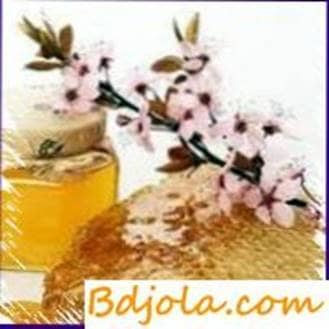
Cotton honey is light and only after crystallization it becomes white, has a peculiar aroma and delicate taste. It usually crystallizes rapidly and then becomes almost white and fine-grained. Cotton honey contains 36.19% of glucose and 39.42% of levulose. Honey collected by bees from leaves (non-flowered nectaries) of cotton, according to its taste, is no different from honey collected from large flowers of cotton. From a hectare of flowering cotton bees collect 100-300 kg of honey. As a result of cross pollination, the bees increase the yield of cotton by 40-56%.
Рой в ловушке. Начинающему пчеловоду.
Bee Honey